Today marks a momentous occasion for the Gowanus Canal and the Gowanus community in Brooklyn. The
Environmental Protection Agency's Superfund Cleanup of the Canal is about to begin in earnest this morning, with the dredging of the toxic sludge at the bottom of our waterway.
Heavy equipment and barges have been moved into place over the past few days. The first phase of this work will begin in the upper portion of the Canal, from Butler Street to the Carroll Street Bridge.
In two subsequent phases, the middle and lower parts of the canal will be dredged.
To mark the important occasion, EPA Regional Administrator Pete Lopez, Congresswoman Nydia Velazquez and other elected officials will hold a press conference at the esplanade at 363 Bond Street to celebrate the commencement of the clean-up of one of the most polluted sites in the United States.
On a personal note, I would like to thank Christos Tsiamis, the EPA Project Manager and Brian Carr, EPA Legal Council for all of their hard work on behalf of the Gowanus Community.
Both worked against tremendous odds to devise the most comprehensive, well-engineered clean-up plan for the Gowanus Canal. Without them, we would not have gotten this far.
"I want everyone to know that this was not always in the cards that this was the kind of clean-up that we were going to get.
What others had proposed when we were starting was a perfunctory dredging of a couple of feet, followed by a sprinkling of a sand cover on top of the remaining contaminated sediment. That was all and nothing more!
Instead, our plan included first the removal of all the contaminated sediment that had been accumulating in the canal for a century and a half.
Secondly, our plan included the stabilization of all native sediment in the areas where the coal tar that had gotten in there would percolate upward into the canal and recontaminate the water.
Thirdly, our plan had a multilayer cover that included layers that have the capacity to absorb contaminants as they move upwards. This cap will offer a clean bottom of the canal.
Equally important in our plans is that we included measures for preventing sewer and storm water from recontaminating the canal.
Over the past ten years, it was not always easy to implement this plan. We had to fight some gargantuan battles with several entities just to ensure that the interest of the citizens were well served. In the end, we prevailed," said Tsiamis
Natalie Loney, Brian Carr and Christos Tsiamis at today's ceremony
Photo credit: Marlene Donnelly
More in depth information about what will happen in the upper portion
of the canal over the next few months.
With the lessons learned during
the Pilot Study in the Fourth Street Basin near Whole Foods in 2018, the EPA has made some adjustments to the original clean-up plan and estimates that the work on Remediation Target Area 1.
The work needs to be carefully choreographed. Before the toxic material at the bottom of the canal can be removed, new bulkheads needed to be installed to provide structural support to the shore.
Also, work on the
Fulton Bulkhead Barrier Wall Construction at the head of the canal had to be completed. The sealed wall will serve as an environmental barrier, preventing liquid coal tar from the former Fulton Manufactured Gas Plant from recontaminating the canal after the Superfund clean-up is completed.
In addition, the Union Street Bridge and the landmarked Carroll Street Bridge need to be stabilized with pipe piles in order to not compromise them during dredging. The Carroll Street Bridge will most likely stay in an open position for three to four months and will be closed to traffic. The Union Street Bridge, however, will be passable.
Once the dredging of the toxic material is completed, the bottom of the canal will be capped o keep toxins deep in the native soil from percolating back up into the water after the dredging.
To prevent recontamination, the contractor doing the work will:
-inject a cement layer into the most contaminated pockets of native sediment to stabilize these areas
-add an oleophilic clay layer
-add granular activated carbon (to absorb any chemical pushed up from below) and a sand layer. The thickness and content will vary to match the expected dissolve phase flux through the cap and to provide an even surface for the top.
-finish with an articulated concrete armor top
Most of the toxic dredged material will be transported out of the community by barge on the Gowanus to New Jersey where there is sufficient space to separate and treat it before disposal.
Read more




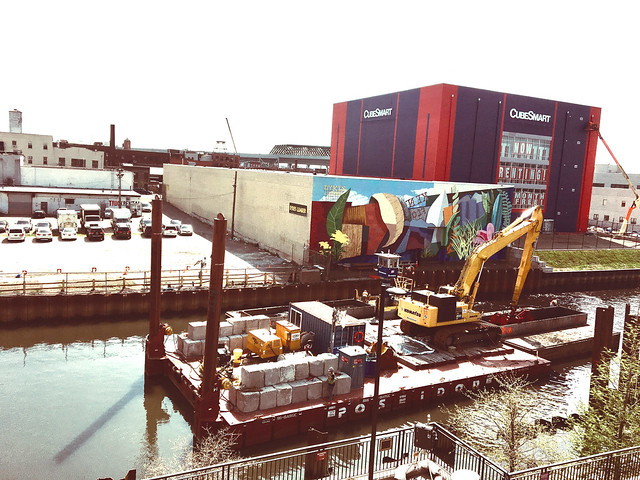
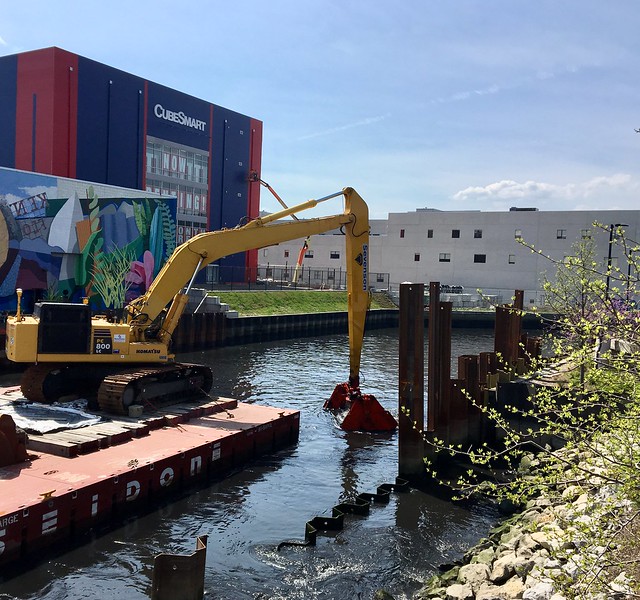
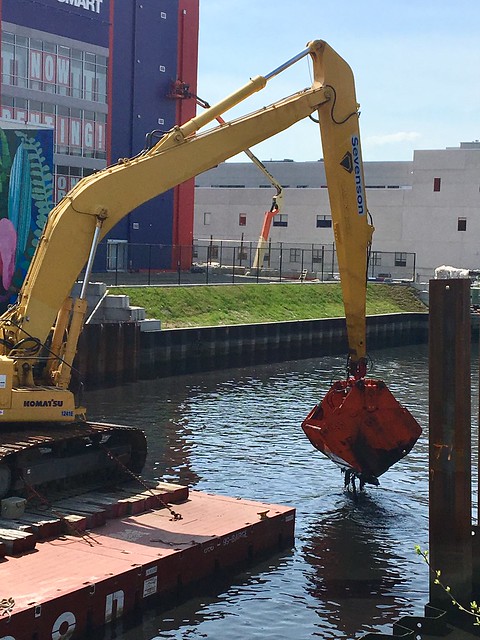
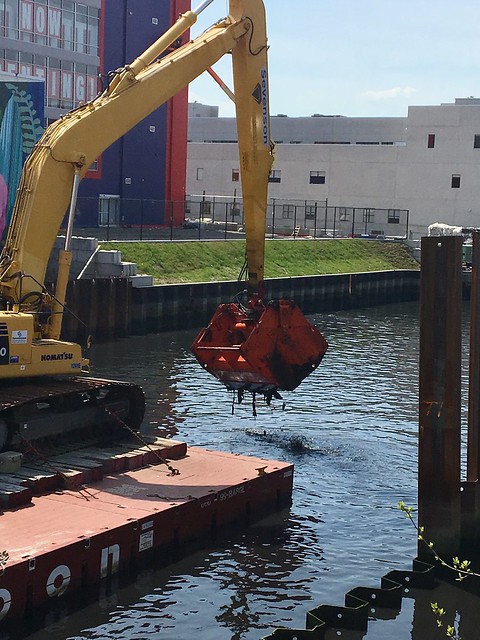
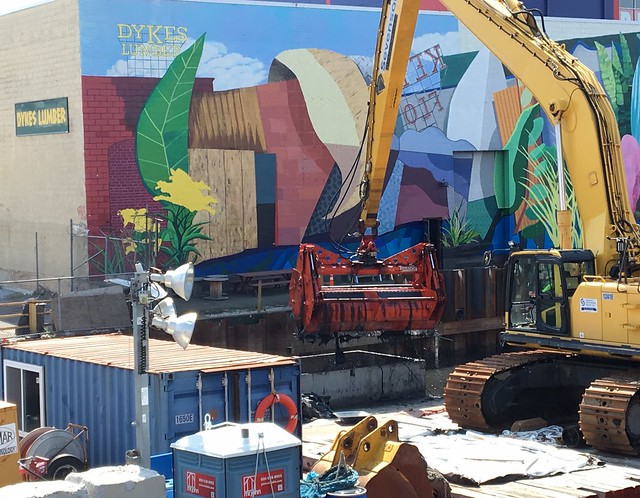
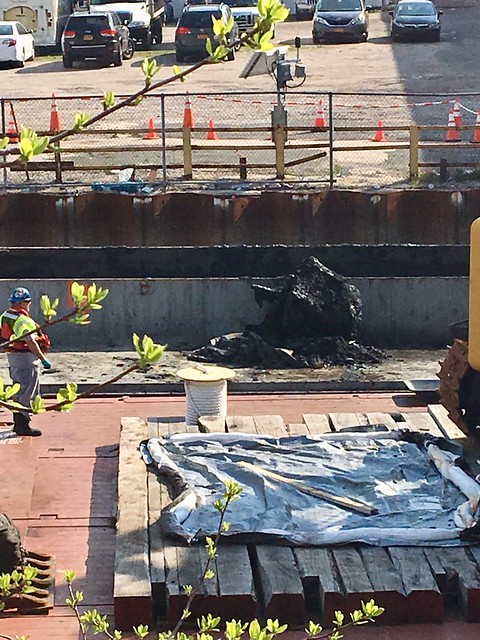
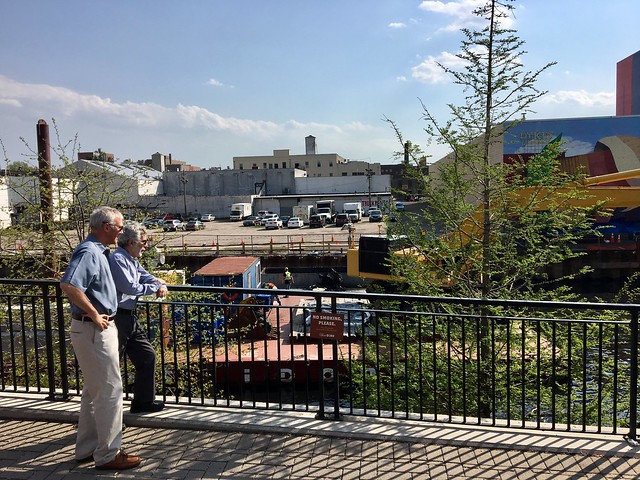
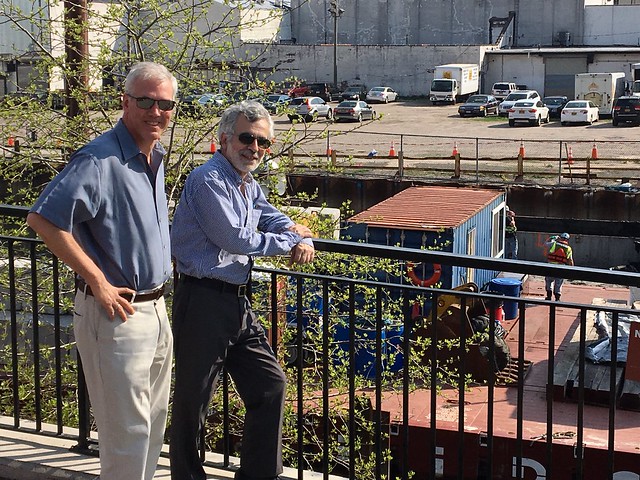
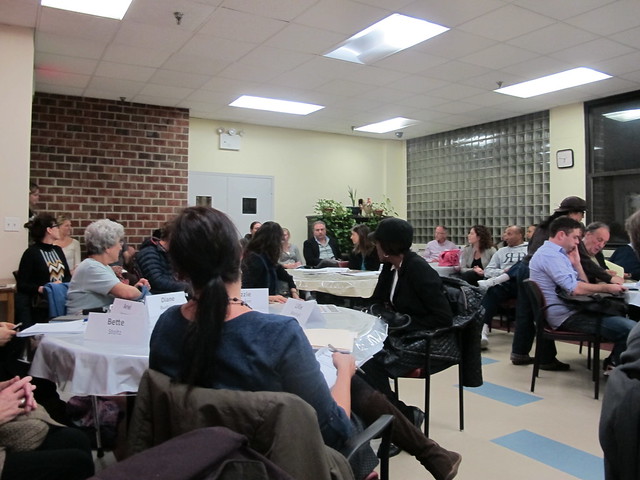
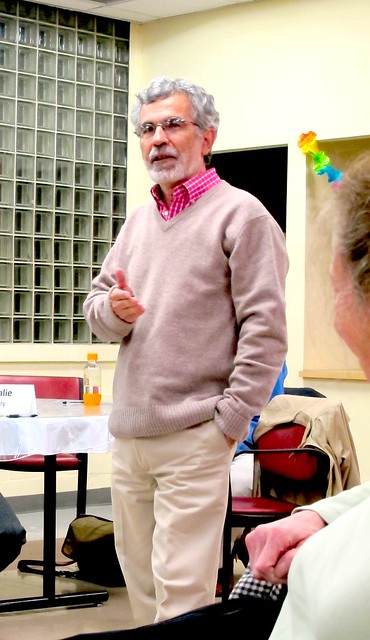


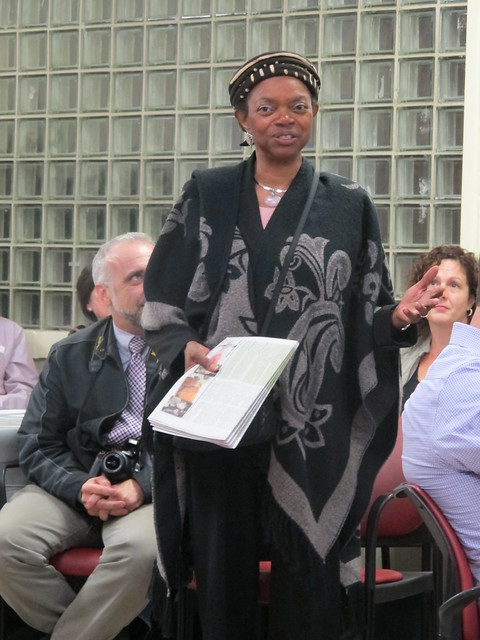







.JPG)
